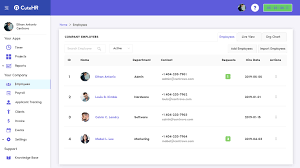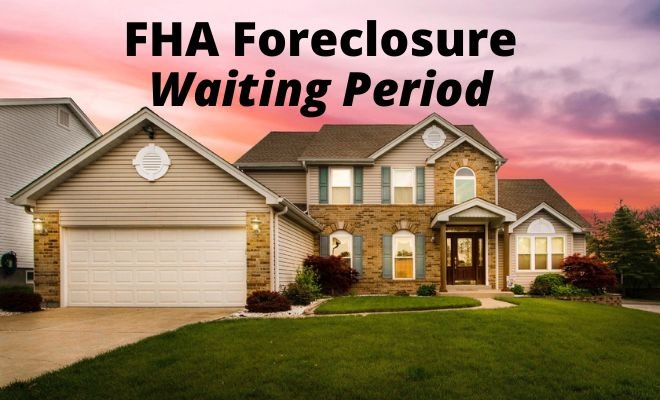Maximum FHA Loan Amount Explained: What You Can Borrow in 2025

Maximum FHA Loan Amount Explained
When buying a home with an FHA loan, one of the most important questions you’ll encounter is: what is the maximum FHA loan amount you can qualify for? FHA loans are designed to make homeownership more accessible, especially for first-time buyers and those with less-than-perfect credit. However, these loans come with borrowing limits, and understanding them is essential to your buying power.
In this guide, you will learn how the Maximum FHA Loan Amount Explained , what the limits are for 2025, how they vary by location and property type, and what that means for your home search.
What Is an FHA Loan?
Before we dive into the numbers, let’s briefly understand what an FHA loan is. Backed by the Federal Housing Administration (FHA), these loans are popular because they allow for lower down payments (as little as 3.5%) and more flexible credit requirements.
FHA loans are not issued directly by the government; instead, they are provided by approved lenders and insured by the FHA. However, to reduce risk to lenders and taxpayers, the FHA imposes limits on how much you can borrow—known as the maximum FHA loan amount.
Why FHA Loan Limits Exist
The government sets FHA loan limits to keep the program aligned with affordable housing goals. These limits ensure that borrowers use FHA loans for modestly priced homes—not luxury properties. At the same time, the limits are adjusted annually and based on housing market changes.
So, if you’re wondering whether you can use an FHA loan to buy a specific home, you’ll first need to check whether its price falls within the maximum FHA loan amount for your county and property type.
How the Maximum FHA Loan Amount Is Calculated
Every year, the Department of Housing and Urban Development (HUD) updates the loan limits based on the conforming loan limit set by the Federal Housing Finance Agency (FHFA). There are two key terms to know:
-
Floor Limit: The lowest amount you can borrow under FHA in low-cost areas.
-
Ceiling Limit: The highest FHA loan limit, allowed in high-cost markets.
The maximum FHA loan amount is based on a percentage of the national conforming loan limit. For 2025, that conforming loan limit is $766,550 for a single-family home. FHA typically sets the floor at 65% of that amount and the ceiling at 150%.
FHA Loan Limits for 2025
Here’s what you need to know about the maximum FHA loan amount in 2025 based on property type:
| Property Type | Floor Limit (Low-Cost Area) | Ceiling Limit (High-Cost Area) |
|---|---|---|
| Single-Family | $498,257 | $1,149,825 |
| Two-Unit | $637,950 | $1,472,250 |
| Three-Unit | $771,125 | $1,779,525 |
| Four-Unit | $958,350 | $2,211,600 |
Keep in mind: these are national minimum and maximum limits. The maximum FHA loan amount in your area may fall somewhere between these numbers, depending on local housing prices.
How Location Affects Your FHA Loan Limit
Location plays a major role in determining the maximum FHA loan amount. For example:
-
In low-cost housing markets like parts of the Midwest or the South, loan limits will likely be near the floor limit.
-
In high-cost areas like California, New York, or parts of Colorado, loan limits may approach or reach the ceiling.
To find the exact limit for your county, HUD offers an online FHA Mortgage Limits Search Tool.
Why Property Type Matters
Not only does your location matter, but so does the type of property you plan to purchase. As shown in the table above, the more units a property has (up to 4), the higher the maximum FHA loan amount allowed.
This is particularly useful for borrowers planning to house hack—that is, buy a multifamily property, live in one unit, and rent out the others.
What If the Home Costs More Than the FHA Limit?
If the property you’re interested in exceeds the maximum FHA loan amount in your county, you have a few options:
-
Make a Larger Down Payment: Cover the difference in cash.
-
Consider a Conventional Loan: These may have higher limits and more flexible options.
-
Look Into Jumbo Loans: These are for high-value properties but come with stricter requirements.
-
Look for a Lower-Priced Home: One that falls within your FHA loan limit.
Remember: you cannot get an FHA loan for a property that exceeds the limit unless you bring the extra money to the table.
FHA Loan Limits vs. Conventional Loan Limits
While FHA loans serve buyers with moderate income or credit challenges, conventional loans backed by Fannie Mae and Freddie Mac have their own set of conforming loan limits. For 2025, both loan types use $766,550 as the benchmark for a single-family home.
However, conventional loans may allow higher borrowing for well-qualified buyers through jumbo loans. FHA loans stick strictly to the maximum FHA loan amount per county.
FHA Loan Limits and Refinance Options
It’s important to note that the maximum FHA loan amount also applies to refinance options under the FHA program, including:
-
FHA Streamline Refinance
-
FHA Cash-Out Refinance
The loan limits will still cap what you can borrow, based on your property’s appraised value and local FHA limits.
Does the Maximum FHA Loan Amount Change Every Year?
Yes, FHA loan limits are typically adjusted annually by HUD to reflect housing market changes. These changes are announced toward the end of the year and go into effect on January 1st.
So, if you’re planning to purchase a home early next year and are near the loan limit threshold, it may be worth checking whether the maximum FHA loan amount is set to increase.
Final Thoughts
To summarize, the maximum FHA loan amount sets the upper borrowing limit for government-backed FHA loans in your area. It depends on three major factors: your location, the type of property you’re purchasing, and the national housing market.
Knowing your local FHA limit helps you set realistic expectations and guides your home search. Whether you’re a first-time homebuyer or planning to refinance, staying within these limits ensures that you qualify for one of the most accessible and affordable loan options available in 2025.




